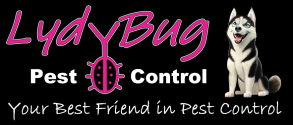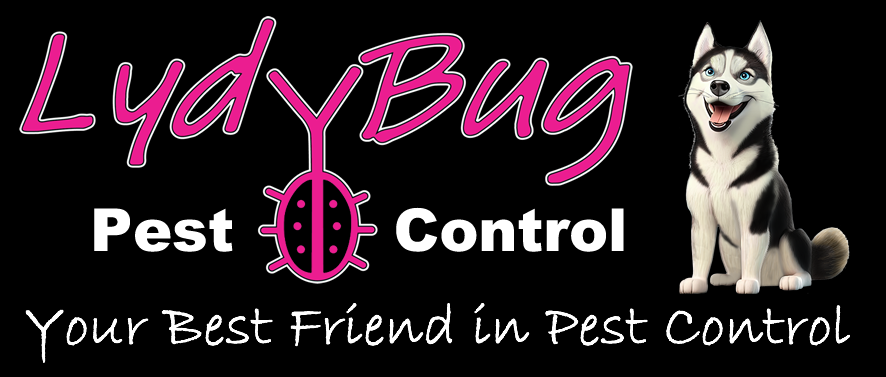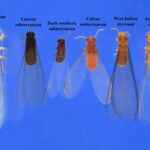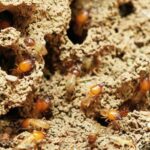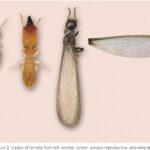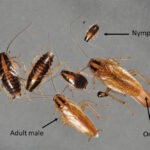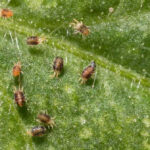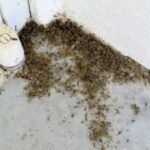Having wasps around is a common occurrence outdoors and can be worrisome. If you discover a wasp nest on your property, you may be contemplating the best timing for its removal.
Handling a wasp nest can pose risks and difficulties, making timing a critical factor in the process.
In this blog post, we’ll dive into the topic of safely removing wasp nests, including important precautions to consider.
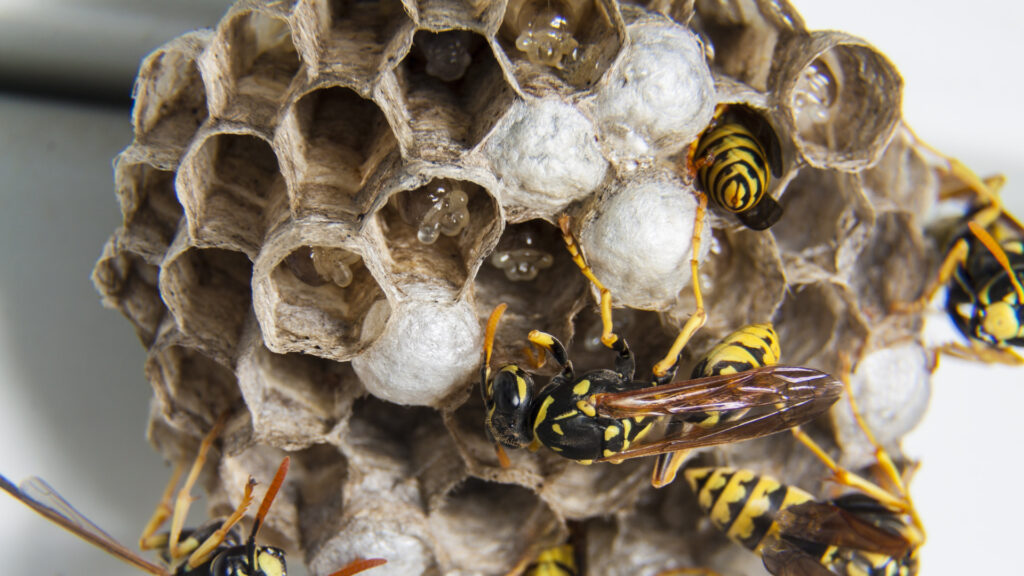
Is Removing a Wasp Nest Necessary?
Homeowners often fear wasp nests as they can grow large and appear in unexpected places such as basements, sheds, or backyard trees. Wasp stings, besides being painful, have the potential to cause severe allergic reactions. When faced with a nest on your property, you may question the need for its removal.
If the nest is near frequently visited areas like your front door, patio, or playground, it’s necessary to remove it for safety reasons. Wasps are territorial and can become aggressive when threatened. Immediate removal is crucial if you have a family member allergic to wasps.
Imagine discovering a wasp nest hidden in a quiet corner of your garden or discreetly lodged in your shed. There’s no immediate necessity to remove it. If the wasps are maintaining their distance and not creating any issues or safety hazards, it’s fine to let them remain. Wasps are not just pests but crucial contributors to our ecosystem. They act as a natural form of pest control by preying on other insects.
Therefore, if these creatures aren’t causing any harm or discomfort to your family, it’s entirely reasonable to coexist with them peacefully.
When Can I Safely Remove a Wasp Nest?
Warning Signs
Increased wasp activity around the nest could mean the colony is growing, making the nest too small for them. This can make wasps more aggressive, so removing the nest becomes unsafe. Also, if you see wasps flying in and out of the nest at a faster rate, it could suggest active building or repairs, making the approach unsafe.
Time of Day
Wasp activity peaks during warm and sunny days. It’s advisable to remove the nest in the evening or early morning when wasps are less active and inside their nest. This reduces the risk of swarming and potential attacks, ensuring a safer removal process.
Weather Conditions
High winds can make the nest sway, making it difficult to control and unsafe to approach. Rain or thunderstorms can make the nest slippery and dangerous to climb. It’s best to wait for a calm, dry day with good weather to remove the nest.
Professional Help
Pest control technicians have the expertise and equipment to safely remove nests and decide the best plan based on size and location.
Safely Removing Wasp Nests: Tips and Precautions
Approach a wasp nest cautiously and choose the right time to remove it. Look for warning signs, consider the time of day and weather, and seek professional help if needed. With these precautions, safely remove the nest and prevent future infestations.
LydyBug Pest Control offers wasp removal Orlando and can help you take care of a wasp problem. Our experts are fully trained and certified in pest control, so you can be sure they will safely and effectively remove the nest. Contact us for assistance with wasp removal or prevention today!
